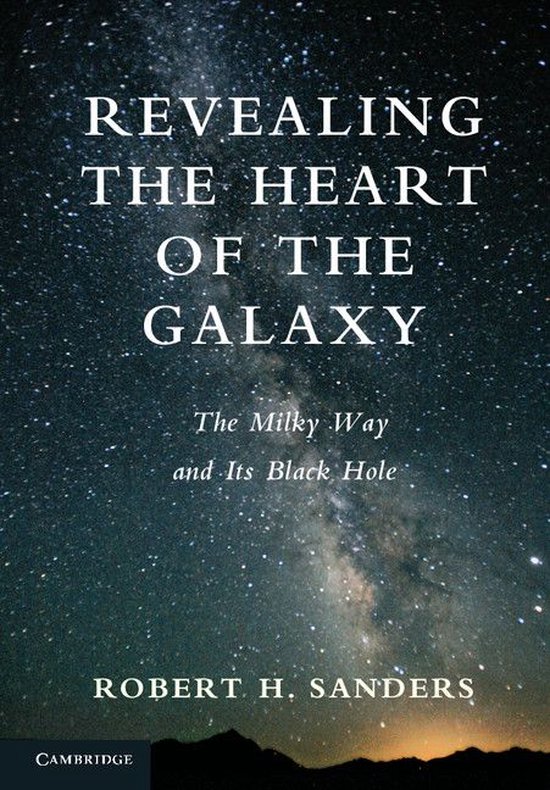Revealing the heart of the galaxy

Direct beschikbaar
Written in an informal and engaging style, this volume traces the discoveries that led to our understanding of the size and structure of the Milky Way, and the conclusive evidence for a massive black hole at its center. Robert H. Sanders, an astronomer who witnessed many of these developments, describes how we parted the veil of interstellar dust to probe the strange phenomena within. We now know that the most luminous objects in the Universe - quasars and radio galaxies - are powered by massive black holes at their hearts. But how did black holes emerge from being a mathematical peculiarity, a theoretical consequence of Einstein's theory of gravity, to become part of the modern paradigm that explains active galactic nuclei and galaxy evolution in normal galaxies such as the Milky Way? This story, aimed at non-specialist readers and students and historians of astronomy, will both inform and entertain.
- 1 Bekijk alle specificaties

